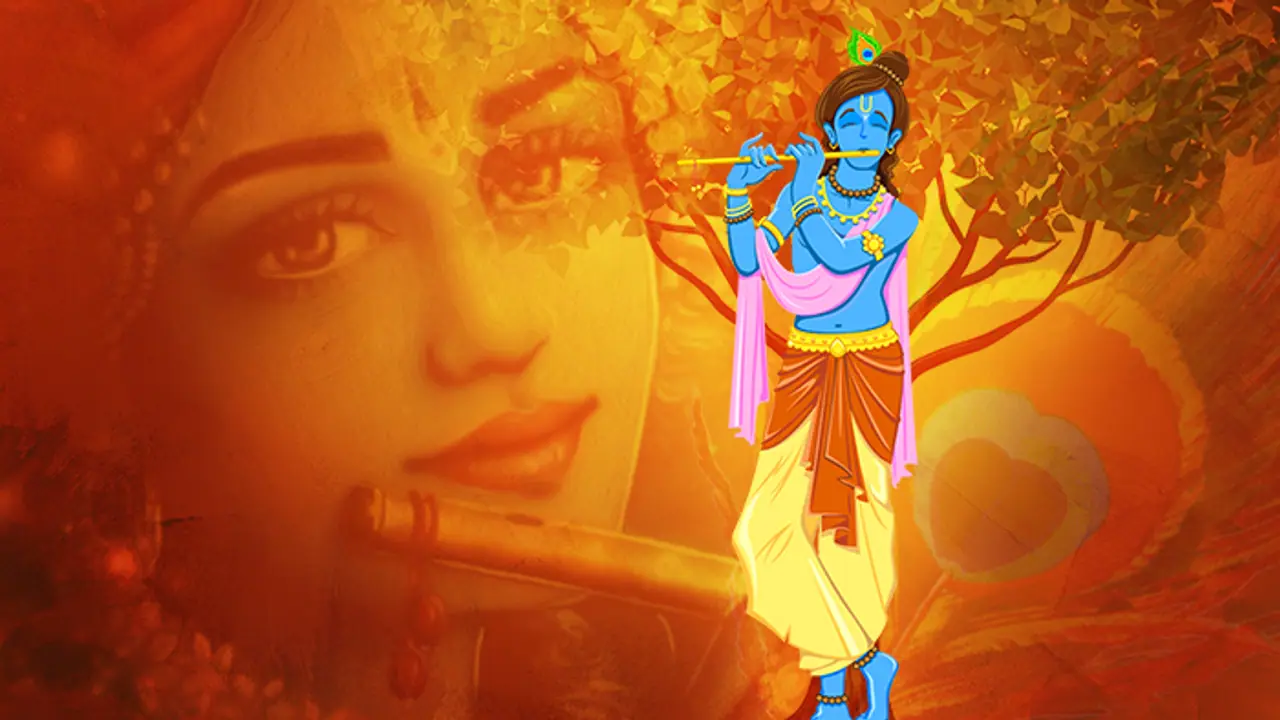Can we ascertain what Shri Krishna might do today? Certainly, India in 2019 faces another major challenge that could be called a new Kurukshetra
In honouring Shri Krishna’s birth, Krishna Janmashtami, let us remember the lessons of his life and the struggles he had to face from Kamsa to Kurukshetra. He never accepted defeat or refused to take a stand.

On what side would Krishna stand in India today at the current national crossroads and growing political divide? Or would he sit on the sidelines and refuse to support anyone? While it may sound presumptuous to ask, it is an engaging question to ask for the significance of the issues that it raises.
Krishna was a unique and yet many-sided personality who could never be circumscribed by any rule, formula or role. No one could predict what he would do, and his action was always unexpected and transformational.
Krishna was, first of all, a great yogi, guru and seer, a veritable avatar of the Divine. Yet he was also a great warrior, diplomat and king, who was involved in the most complex political intrigues of his era.
Krishna’s combination of the spiritual and political was perhaps unusual, but not rare in Vedic times, in which there were frequent alliances of kings and sages, the rajas and their purohits, or kings who served as spiritual guides like King Janaka of Videha.
In today’s political scenario we would likely strongly oppose anyone becoming so prominent in both these seemingly opposite fields of religion and politics. Yet we should remember that the dominant leader of the Indian Independence Movement, Mahatma Gandhi, gained his recognition as a sadhu and never held a political office, though he carefully guided political events from behind the scenes.
If there ever was a figure to boldly mix spirituality with politics, it would certainly be Shri Krishna. Can one imagine any swami or guru today taking a political role like Krishna and not being severely criticised? Of course, Krishna was not acting for his own personal benefit or that of a partisan group but for the cause of dharma. His action was rooted in Karma Yoga, with a mind centred in the Self of all.
Krishna was not one to stand on the sidelines even in the most difficult conflicts in which there was no ideal choice to make – which battle would be fierce, destructive, and harmful for all sides with only future generations to possibly benefit from it.
Unlike his brother Balaram who would not join in the battle, Krishna dared to become the guide of the hesitant Pandavas, their chief strategist and the prime source of inspiration, without whom they would have lacked the skill or motivation to win.
Why would an avatar of Yoga strive so hard for a victory in a divisive conflict that left few alive on either side? This was because he recognized the more negative consequences of not taking a stand before the forces of adharmathat have generational effects.
Looking at the 2019 Election
Can we ascertain what Shri Krishna might do today? Certainly, India in 2019 faces another major challenge that could be called a new Kurukshetra.
Who would Krishna prefer, the motley alliance of Congress, the Left, Communists and regional parties looking to return to power, or Modi and BJP and their followers hoping to consolidate their rule and create a new India according to their different views of what India represents?
Would Krishna stay on the sidelines and refuse to support any side or guide anyone? He would have probably chosen the best possible cause, even with some imperfections.
Would Krishna know how to handle the media and use it with skill? Certainly, he knew how to use his personal charisma for the benefit of all.
Would he demean India in the eyes of the world for his partisans to win? Not likely as his view was national unity, nothing less.
Would he accept those who deny Dharma or Yoga as among his compatriots? Not likely either as he was the avatar of Yoga first of all.
Of course, we must be very careful bringing the exalted figure of Shri Krishna into our mundane political concerns today, but he did address such concerns during his own time that were perhaps more contentious and dangerous.
A New Look at the World Dharma Today
Today we need a new vision of Shri Krishna, an ability to support dharma, practice Yoga, honour the sages and yet deal with the political complexities of our world that is getting ever more daunting with our new rapidly changing technology. Krishna aimed at maintaining the dharmic unity of India even at the cost of a considerable loss of life. He had a profound sense of the national dharma, not merely the dharma of a family or a dynasty.
What is the highest national dharma today for India? Is it not to revive its dharmic civilization and reassume role as the Vishvaguru or guide of nations? Can this occur without a transformation at political, intellectual and educational levels?
Most important is to invoke Shri Krishna within us and discover what he inspires us to do. In honouring Shri Krishna’s birth, Krishna Janmashtami, let us remember the lessons of his life and the struggles he had to face from Kamsa to Kurukshetra. He never accepted defeat or refused to take a stand. Let our honouring of him reflect our highest aspiration in its most practical application.
Jai Shri Krishna!
(Disclaimer: The views and opinions expressed in this article are those of the author)
